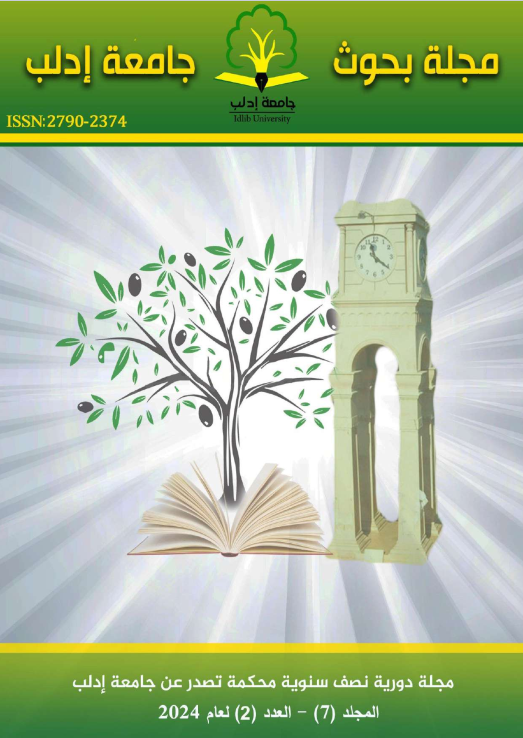Choosing The Most Suitable Binder and Determining Its Ratio in Preparing Lithium-Ion Cell Anodes
Keywords:
Binding materials, styrene butadiene rubber, sodium carboxymethyl cellulose, graphite anode, lithium-ion cells, poly (vinyl difluoride)Abstract
In this research, the effect of the nature of four different polymeric binders: polyvinyl difluoride (PVDF), sodium carboxymethyl cellulose (CMC-Na), polyvinyl alcohol (PVA), and styrene butadiene rubber (SBR) on the electrochemical properties of graphite anodes used in lithium-ion cells, was studied and determined the best ratio of the binder that achieves stability and mechanical resistance of the electrode components and good adhesion of the active materials with the current collectors, in addition to studying the effect of the electrolyte solution on these materials. The study showed that the rheological properties of the pastes used in preparing the electrode is almost similar at the same ratios of binders, but are better in the case of polyvinyl alcohol. Electrochemical tests showed that the nature of PVDF contributes to reducing the life cycle of graphite electrodes, unlike the active water-based binders, where the capacity decreased by 28%. The study showed that for all the used binding materials, the percentage of the binding material ranging from 6.5 to 8.5 achieved good adhesion of the active materials to the current collectors. This study demonstrates the possibility of manufacturing a graphite-based electrode for lithium-ion batteries that lasts longer and uses water in the processing, instead of hazardous organic solvents such as N-methyl pyrrolidone, thus improving performance, reducing cost and protecting the environment

